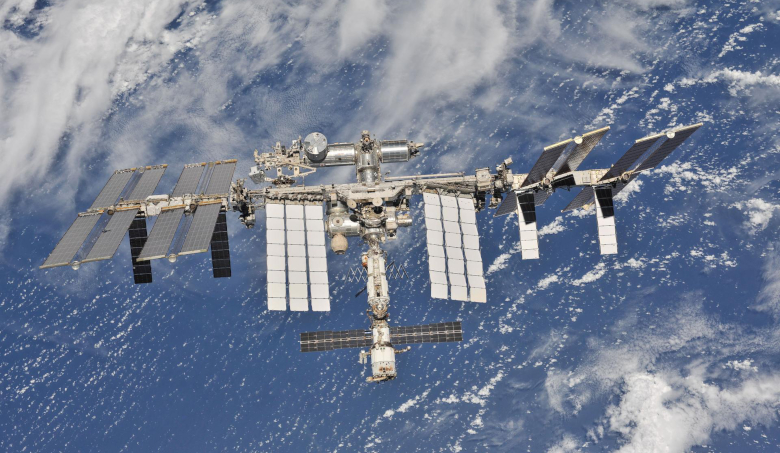As part of NASA’s mission to stimulate a low-Earth orbit (LEO) economy, the space agency is opening the International Space Station for commercial business by enabling up to two short-duration private astronaut missions per year, beginning as early as 2020.
Private astronauts will be permitted to travel to the ISS for up to 30 days at a cost of $35,000 (£27,500) per night. Flights will be extra. Once on the ISS, private astronauts can conduct approved commercial and marketing activities on the space station or in a commercial segment attached to the station.
"Nasa is opening the International Space Station to commercial opportunities and marketing these opportunities as we've never done before," chief financial officer Jeff DeWit said in New York.
These missions must use U.S. transportation vehicles certified by NASA, such as the ones developed by Boeing and SpaceX under NASA’s Commercial Crew Program (CCP). To accommodate this, NASA has expanded the International Space Station Utilization NASA Research Announcement (NRA) to assist U.S. Entities to pursue these missions.
The announcement, made on Friday, is part of a move towards full privatisation of the ISS in light of US President Donald Trump’s budget which last year called for the station to be defunded by the government by 2025.
NASA will continue research and testing in low-Earth orbit to inform its lunar exploration plans, while also working with the private sector to test technologies, train astronauts and strengthen the burgeoning space economy. Providing expanded opportunities at the International Space Station to manufacture, market and promote commercial products and services will help catalyse and expand space exploration markets for many businesses.
The agency’s ultimate goal in low-Earth orbit is to partner with industry to achieve a strong ecosystem in which NASA is one of many customers purchasing services and capabilities at lower cost.
Pricing is specific to commercial and marketing activities enabled by the new directive, reflects a representative cost to NASA, and is designed to encourage the emergence of new markets. As NASA learns how these new markets respond, the agency will reassess the pricing and amount of available resources approximately every six months and make adjustments as necessary.
To qualify, commercial and marketing activities must either:
- require the unique microgravity environment to enable manufacturing,
- production or development of a commercial application;
- have a connection to NASA’s mission; or
- support the development of a sustainable low-Earth orbit economy
To ensure a competitive market, NASA initially is making available five percent of the agency’s annual allocation of crew resources and cargo capability, including 90 hours of crew time and 175 kilograms of cargo launch capability, but will limit the amount provided to any one company.











